Insulation paint: description and specifications
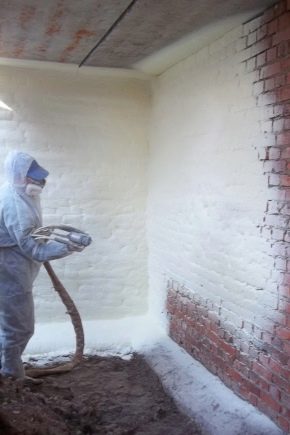
Insulation paint is a modern material that is gaining more and more popularity lately. Although liquid insulation cannot be a full-fledged replacement for conventional heat-insulating materials, it also has certain advantages. The description and technical characteristics of the composition will be discussed in more detail in this article.
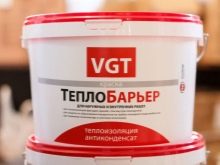
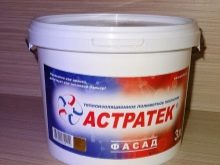
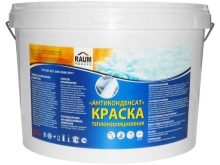
Peculiarities
Insulation paint is primarily intended to create an insulating coating, therefore, quite often this material is called a liquid insulation. The composition is referred to as coloring mixtures because of the way it is applied to the surface, which resembles the painting process.


Insulating paint is made on the basis of water or acrylic.
Ceramic microspheres with a diameter of 0.01 millimeters, which contain a vacuum inside them, are responsible for the thermal insulation properties. Instead of ceramic balls, silicone analogs with a diameter of 0.02 millimeters can also be included in the paint. It is the vacuum that traps heat and prevents it from passing through the paint layer.
The main task, which is solved with the help of insulation paint, is to reduce heat losses. The consistency of the mixture is quite thick, which allows it to be applied to almost any surface. In apartments and private houses, the material also performs an energy-saving function, since it allows you to reduce heating costs, and in the case of using electric heaters, it also saves electricity.
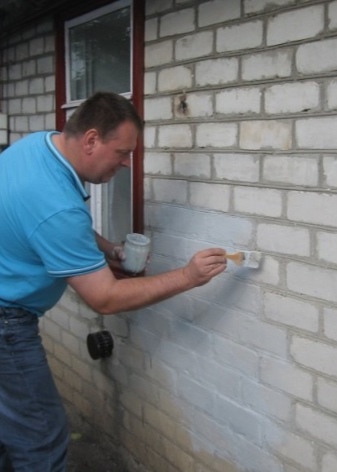

Properties
As mentioned earlier, the main property of the thermal insulation composition is heat retention. However, some paint modifications may differ in certain specifications. For example, some manufacturers produce a composition that not only has the characteristics of a heater, but also prevents the accumulation of moisture on the treated surface.
This property is especially important for metals, which allows you to protect the material from corrosive formations.

If we talk about the technical characteristics of the material, then depending on the composition and manufacturer, they may differ. The main properties of insulation paints include the following:
- A 1 mm paint layer is equivalent to a 50 mm layer of thermal insulation made from mineral products. In certain cases, paint may well replace conventional insulation.
- The created thermal insulation coating does not attract moisture.
- Insignificant heat losses occur through the layer of insulating compound applied to the surface, which can amount to 5%. This property ensures the evaporation of moisture from the coating, which in turn prevents the treated structure from freezing.
- The paint is a gray or white mass, which has a pasty consistency.
- The service life of the formed heat-insulating coating can be from 12 to 40 years.
- The operating temperature range is usually -70 to +260 degrees.

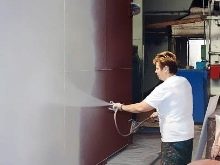
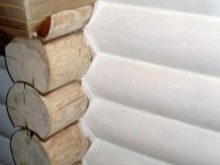
Advantages and disadvantages
Like all building materials, insulation nano-paint has its own advantages and disadvantages. Among the advantages of this composition, the following features can be distinguished:
- The mixture is easy and simple to apply to almost any surface.
- The paint can be used for thermal insulation even in places where conventional insulation cannot be used.
- The paintwork is not subject to decay.
- The thermal insulation compound is not a flammable material.
- Insulation paint does not emit toxic substances into the air, therefore it is absolutely safe for health.
- There is a high level of adhesion to most materials.
- The coating protects the base from condensation.
- There is a high level of resistance to alkaline and saline solutions.
- There is resistance to direct sunlight and atmospheric influences.
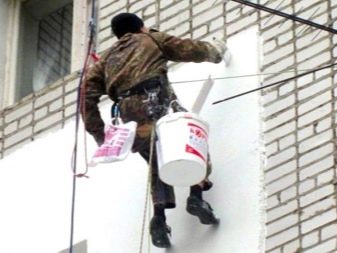

- Does not create additional stress on the surface.
- In the event of peeling or cracking of the coating, the integrity of the paint layer can be easily and quickly restored.
- Thanks to this coating, the temperature in the building can rise by 4 degrees.
- The composition is not afraid of direct contact with water and has anti-corrosion properties.
- There is good resistance to mechanical stress.
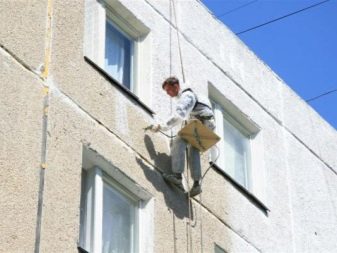
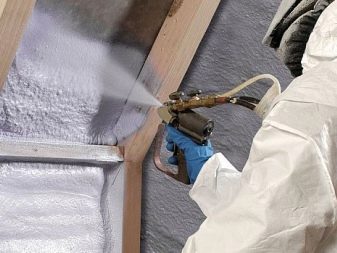
Despite the significant advantages, the insulation paint has a number of disadvantages. Let's highlight the main disadvantages of such coverage:
- Before applying the composition, the base must be well prepared: cleaned, degreased and completely dried.
- To insulate the outer walls, the paintwork will not be enough. It is recommended to use the paint together with other thermal insulation materials.
- When applied to uneven substrates, the consumption of the mixture can be quite high.
- High-quality paint and varnish material has a rather high cost.
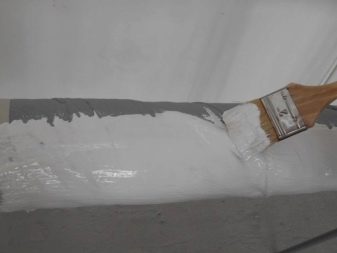
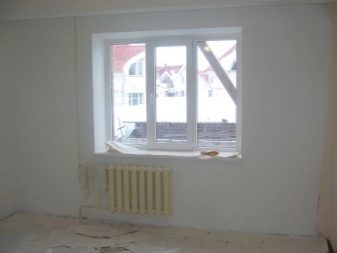
Views
All insulation paints can be divided according to composition and purpose. Based on the composition of the material, the following groups are distinguished:
- water-based mixtures;
- mixtures based on acrylic.
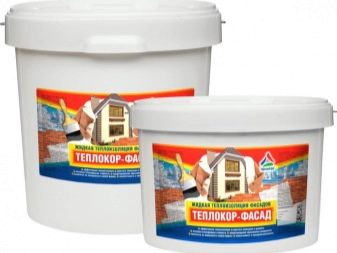
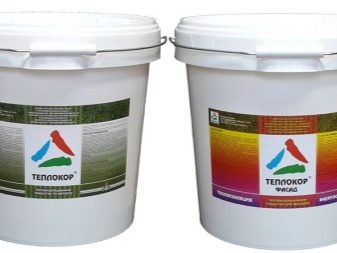
In addition to the water or acrylic base, the paint contains additional components that are responsible for the technical characteristics of the coating and its purpose. If we take into account the field of application for which the composition is intended, then the following types of insulation paints can be distinguished:
- Indoor mixtures. Such formulations are intended for the treatment of walls, floors and ceilings.
- Compositions for heating radiators, as well as gas and water pipes. Such mixtures are distinguished by an increased level of resistance to high temperatures and water-repellent properties.
- The paint for outdoor use is characterized by good resistance to weathering and temperature extremes.

Scope of application
Thermal insulating paint is used in many areas and is suitable for the treatment of almost any material. The composition not only reduces heat losses, but also protects materials from negative environmental factors. By preventing the formation of condensation and repelling moisture, a protective paint layer applied to the tree protects it from decay. For metals, compounds with anti-corrosion properties are produced.
Most often, insulation paint is used to paint the following objects:
- inner walls of apartments, private houses, industrial and administrative buildings;
- building facades and roofs;
- concrete floors of basements and cellars;
- slopes of windows;
- wooden door slopes;
- storage tanks for liquids;
- cold and hot water supply;
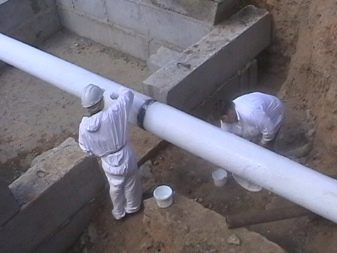
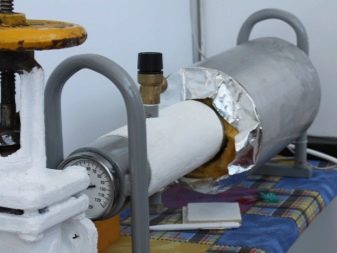
- brickwork seams;
- utility pipes;
- car body;
- the foundation of the house;
- metal structures and structures.
Manufacturers
Before buying insulating paint, it is important to choose the right composition. It is necessary to focus not only on the technical characteristics of the mixture, but also on the manufacturer, since the quality of the coating will depend on this.
"Innovative technologies"
The Russian company "Innovative Technologies" specializes in the development and manufacture of high quality modern materials for repair and construction.The main goal in the development of high-tech compositions is to provide various structures with an adequate level of protection against the negative effects of the external environment and increase their service life. In the production process, only high-quality raw materials from world manufacturers are used.
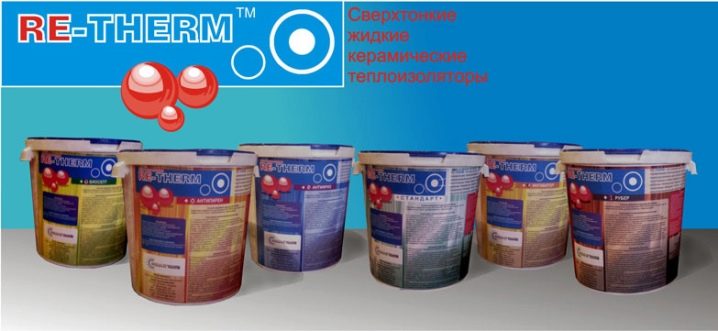
Among the products of the Innovative Technologies company there is a separate line of insulating paints, which is produced under the Re-Therm brand. Re-Therm liquid insulation has unique technical characteristics and reduces heat energy consumption even with a layer of 1 millimeter applied. The composition not only reduces the level of heat loss, but can also be used as a waterproofing coating.
Ultra-thin Re-Therm insulation is available in several modifications, each of which has its own purpose.
It is worth noting that all products manufactured under this brand have many positive customer reviews. Buyers note that Re-Therm mixes meet the stated requirements and perform their thermal insulation functions perfectly.
The disadvantages of such coverage include its high cost.
"Armor"
Research and Production Association "Bronya" is another leader in the Russian market for the production and sale of insulation materials. A separate line of liquid thermal insulation is produced under the Bronya brand, which also has a wide range of mixtures for various purposes. Finding the right composition for any task and material will not present any particular difficulty.

Insulation paint "Bronya" surpasses both domestic and foreign analogues in many technical parameters. The coating can be operated at temperatures from -60 to +250 degrees, and its service life will be at least 15 years.
Tips & Tricks
- When choosing the right composition it is necessary to carefully study its purpose and technical characteristics... For example, mixtures intended for indoor use, outside buildings, will not provide an adequate level of protection against heat loss and the negative impact of the external environment.
- Before applying the composition to the surface, the base must be free from dirt and grease... For large areas, it is most convenient to apply the mixture with a spray gun. Hard-to-reach places must be painted with a paint brush.
- Operating temperature range each modification of the paint and varnish material may have its own, therefore, before starting work, carefully study the instructions for the product. Water-based mixtures are usually allowed to be applied at an air temperature of at least 7 degrees. Some acrylic compositions for facade work can be painted at negative temperatures of at least -20 degrees.
- Warming paint and varnish the material is usually applied in no more than three layers, while the thickness of one layer must be at least 0.4 mm. The mixture is applied quite easily without leaving streaks on the surface. In cases where it is necessary to paint concrete or brick bases, it is recommended to first treat them with a deep-penetrating primer.
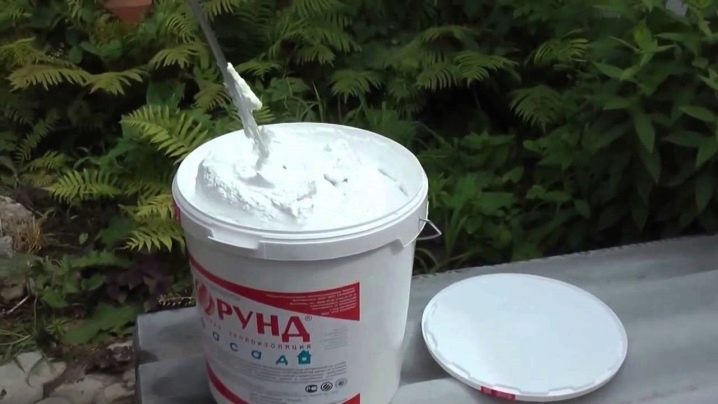
See the following video for the principle of operation of insulation paint.













The comment was sent successfully.